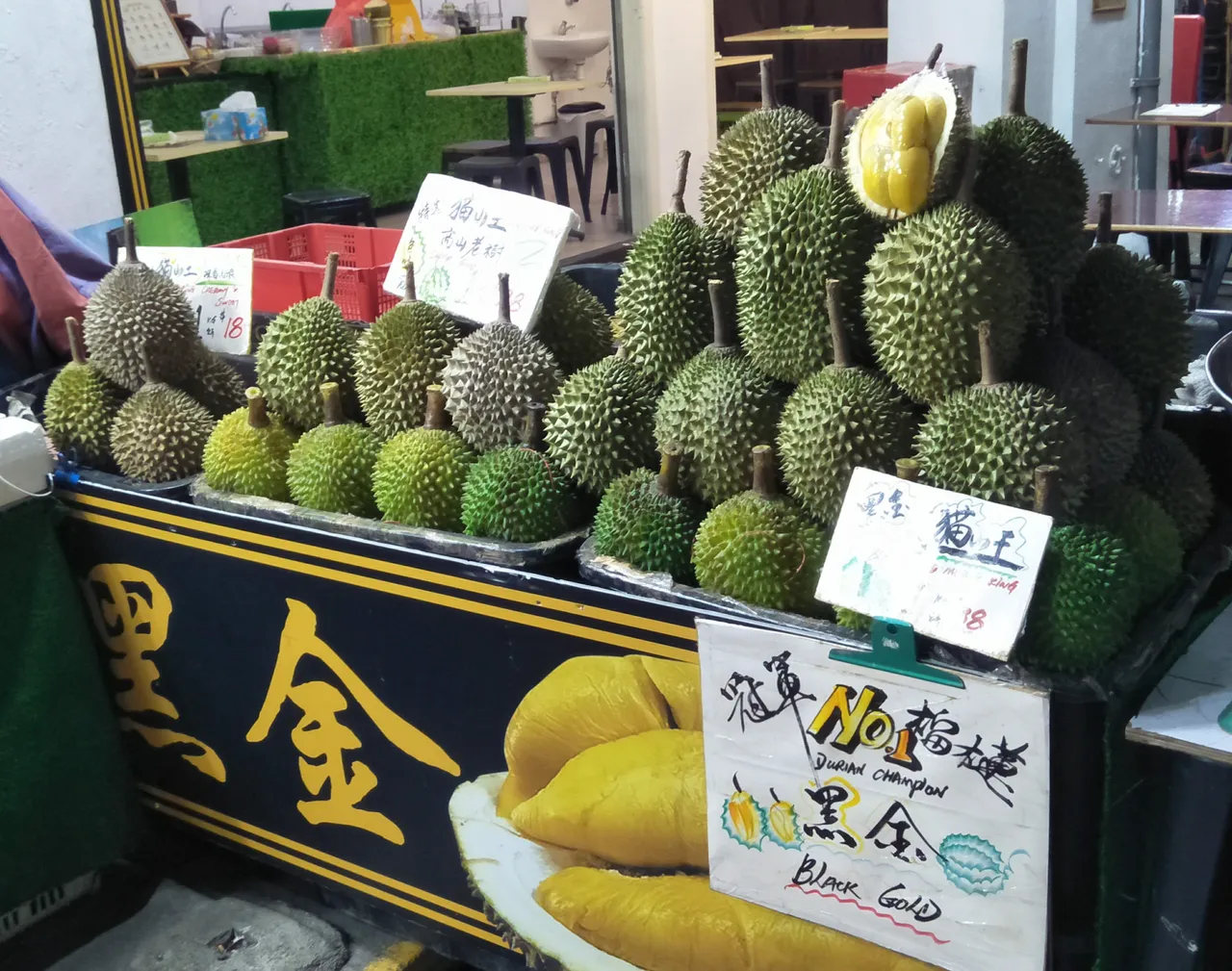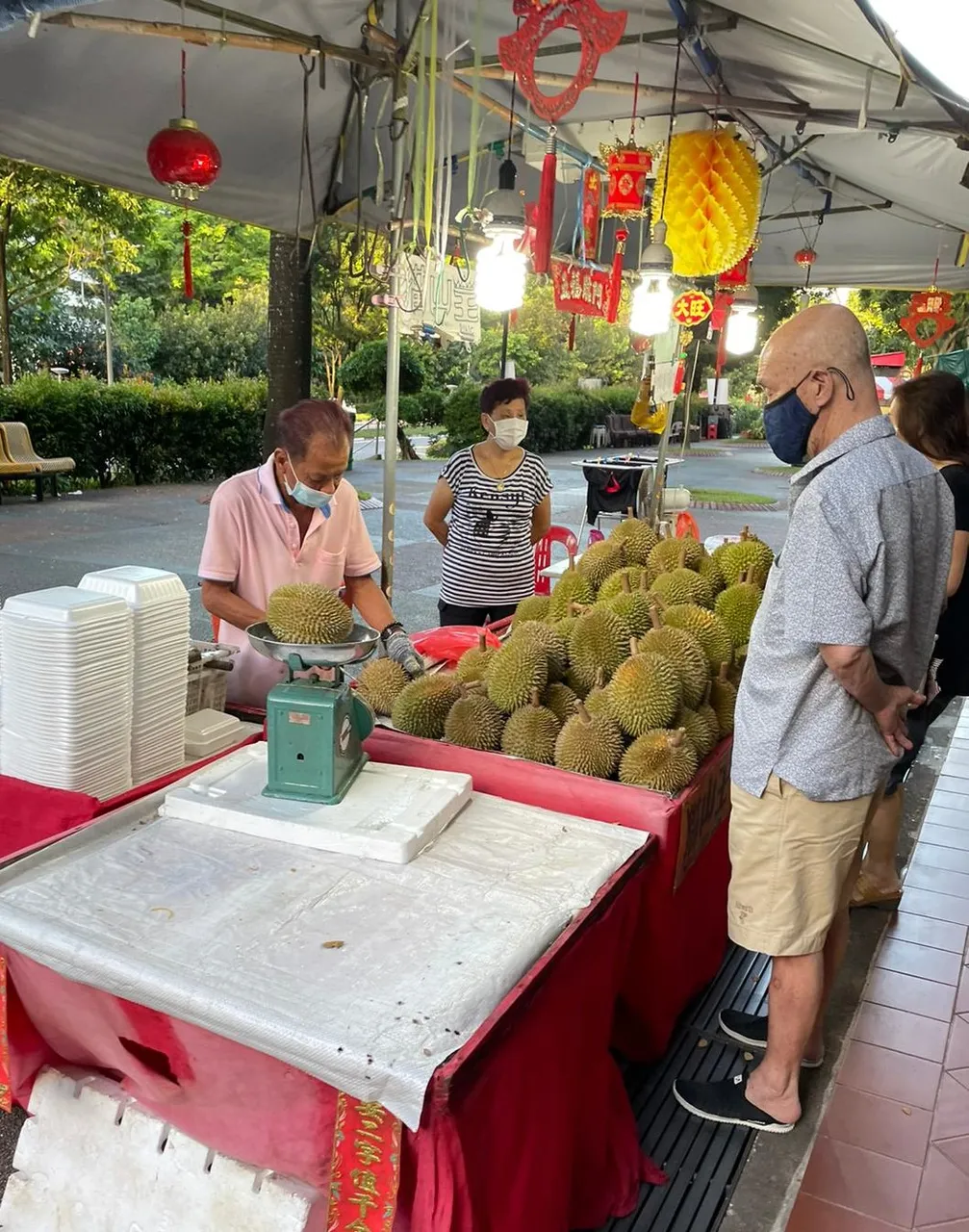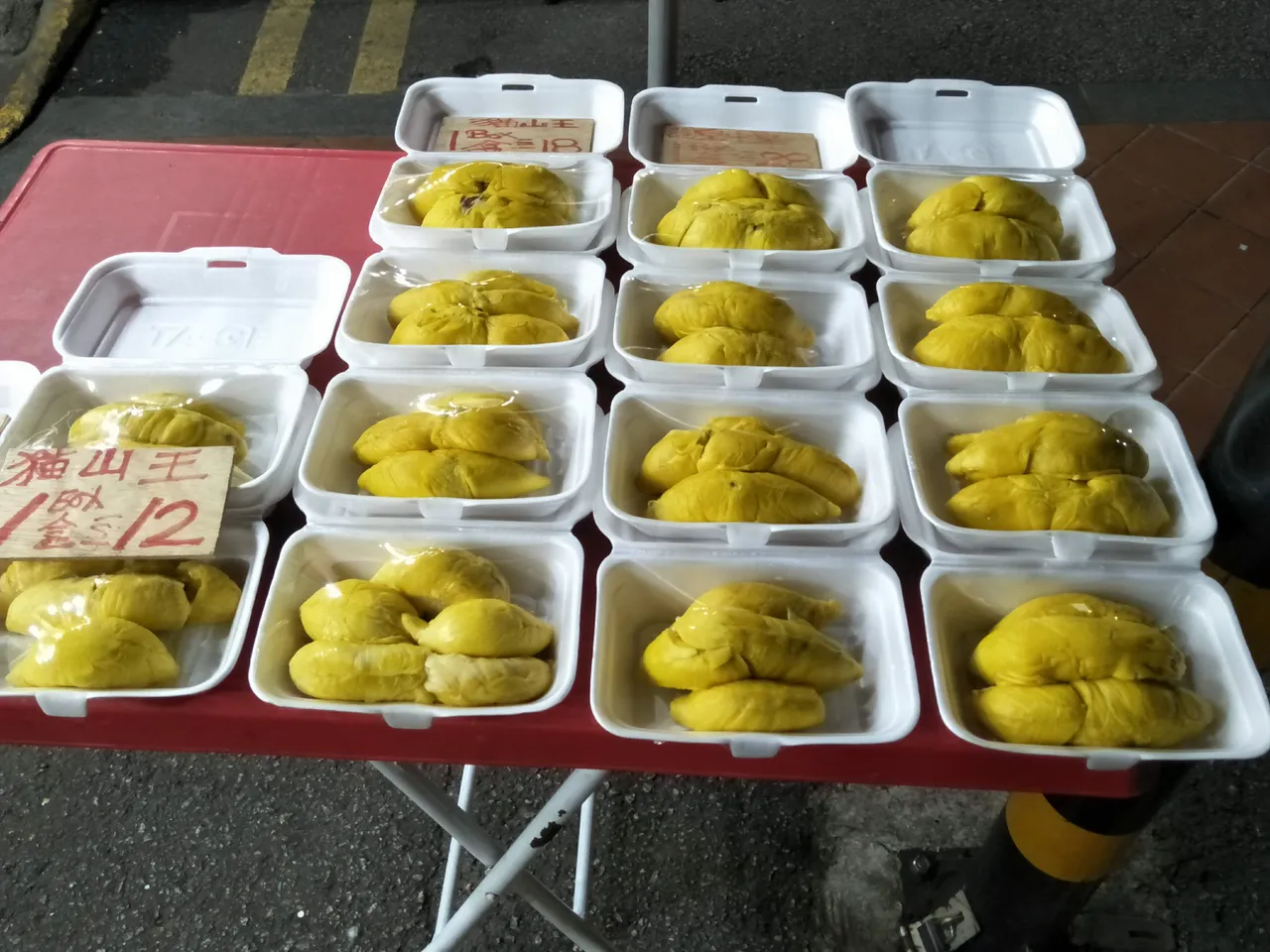Welcome to #SublimeSunday, a tag presenting you with the unique opportunity to post something a bit different, wacky, crazy or just whatever takes your fancy, initiated by @c0ff33a ☕️
And also #BeautifulSunday initiated by @ace108

Durians are the edible fruit of several tree species belonging to the genus Durio. They have a distinctive thorn covered rind, and a strong odour.
The name "durian" is derived from the Malay Language word dûrî (meaning 'thorn'), a reference to the numerous prickly thorns of the rind. The origin of the durian is thought to be in the region of Borneo and Sumatra.
In South-East Asia, the durian is called the 'king of fruits'. Most locals love the fruit. But there are people who find the aroma overpowering with an unpleasant odour. The smell evokes reactions from deep appreciation to intense disgust, with some even describing the odour variously as rotten onions, civet and raw sewage.
However, some people regard the durian as having a pleasantly sweet fragrance, and the flesh as "a rich custard highly flavoured with almonds." Some go so far as to describe the taste as - "of such an excellent taste that it surpasses in flavour all other fruits of the world."
Durians are seasonal fruits. In Malaysia and Singapore, the season for durians is typically from June to August. Singapore imports most of its durians from Malaysia.
Through the years, there has been many cultivars of durian.
"Musang King" ('musang' is the Malay word for palm civet) is the most popular durian breed from Malaysia. Musang King is known for its bright yellow flesh. Rendered in Chinese as "Mao Shan Wang" (猫山王), it was the priciest of all cultivars, until other cultivars like the 'red prawn' and 'Black Gold' which is the priciest of them, came into the market.
Prices of durians are relatively high, compared with other fruits. They go by kilograms. Depending on the quality, grade and the time of the season, the popular breeds of durian can command between $12 SGD to $20 SGD or more per kilogram. The average durian weighs about 1.5 kg. So, one durian could cost anywhere between $18 SGD to $30 SGD, or more.
The edible portion of the fruit, known as the aril and usually referred to as the "flesh" or "pulp", only accounts for about 15–30% of the mass of the entire fruit. So, compared to other fruits, durians are expensive. Nevertheless, durian lovers are quite willing to pay for them.
The flesh can be consumed at various stages of ripeness, and it is used to flavour a wide variety of savoury and sweet desserts in Southeast Asian cuisines. But you won't use the "Musang King" for these, just as you won't use a cognac for cooking, but some cheaper brandies.

Buying durians from a durian stall. You can opt to take them back whole, or you can request them to 'open' and pack them for you to take-away, which is a lot more convenient. But some like the 'fun' of struggling to open the durians themselves at home.

Durians - you either love them or hate them. Due to its strong odour, they are ban from hotels, public buildings, and public transportation.


Thank you for stopping by. If you like the post, please give it a vote. Follow me if you like to read about Life, Humour and Aphorisms. Cheers!
